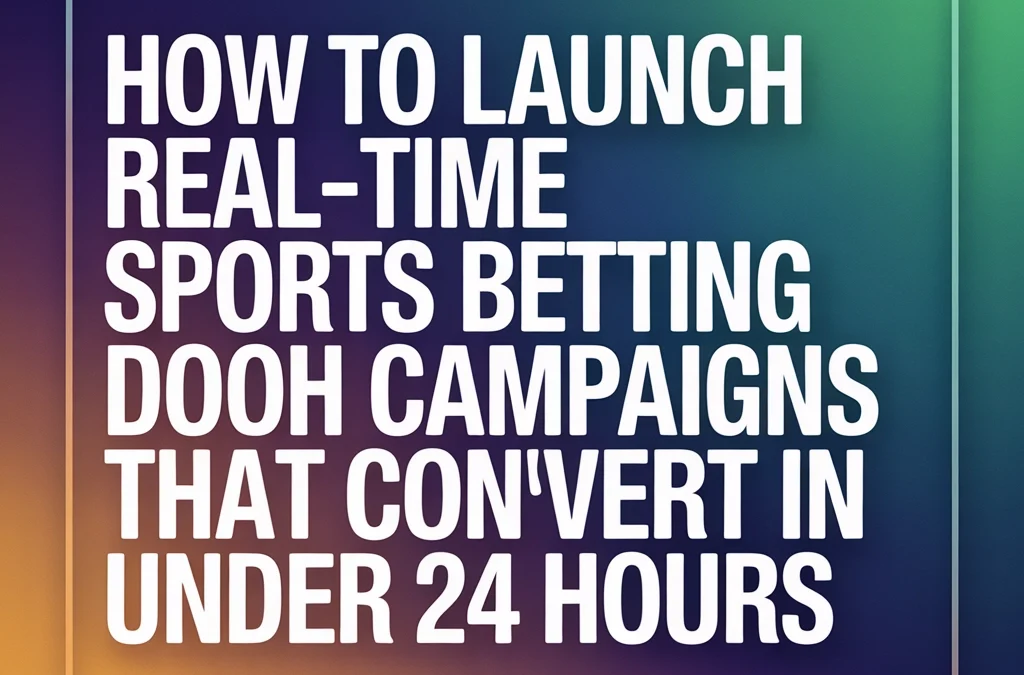Share this article: LinkedIn | Facebook | Instagram | X
The sports betting industry demands campaigns that can pivot instantly based on live game outcomes, shifting odds, and real-time fan sentiment. Programmatic Digital Out-of-Home (DOOH) technology enables brands to launch highly targeted campaigns that respond to sporting events within hours, not days or weeks.
Modern sports betting operators require advertising solutions that match the speed and dynamism of live sports themselves. Traditional campaign planning cycles simply cannot accommodate the rapid pace of sporting events and the need for immediate response to game outcomes and betting opportunities.
Foundation Requirements for Rapid Campaign Deployment
Technology Infrastructure Assessment
Success begins with establishing the proper programmatic infrastructure. Demand Side Platforms (DSP) equipped with real-time bidding capabilities enable automatic ad purchasing and instant creative updates based on predetermined triggers and live data feeds.
The technology stack must include integration with Supply Side Platforms (SSP) that provide immediate access to premium DOOH inventory near stadiums, sports bars, and high-traffic entertainment venues. This infrastructure allows campaigns to launch within 24-48 hours once creative assets and targeting parameters are finalized.
Creative Asset Preparation Strategy
Campaign velocity depends on pre-built creative libraries containing multiple message variations for different game scenarios. Templates should accommodate team-specific messaging, outcome-based congratulatory content, promotional offers, and time-sensitive betting opportunities.
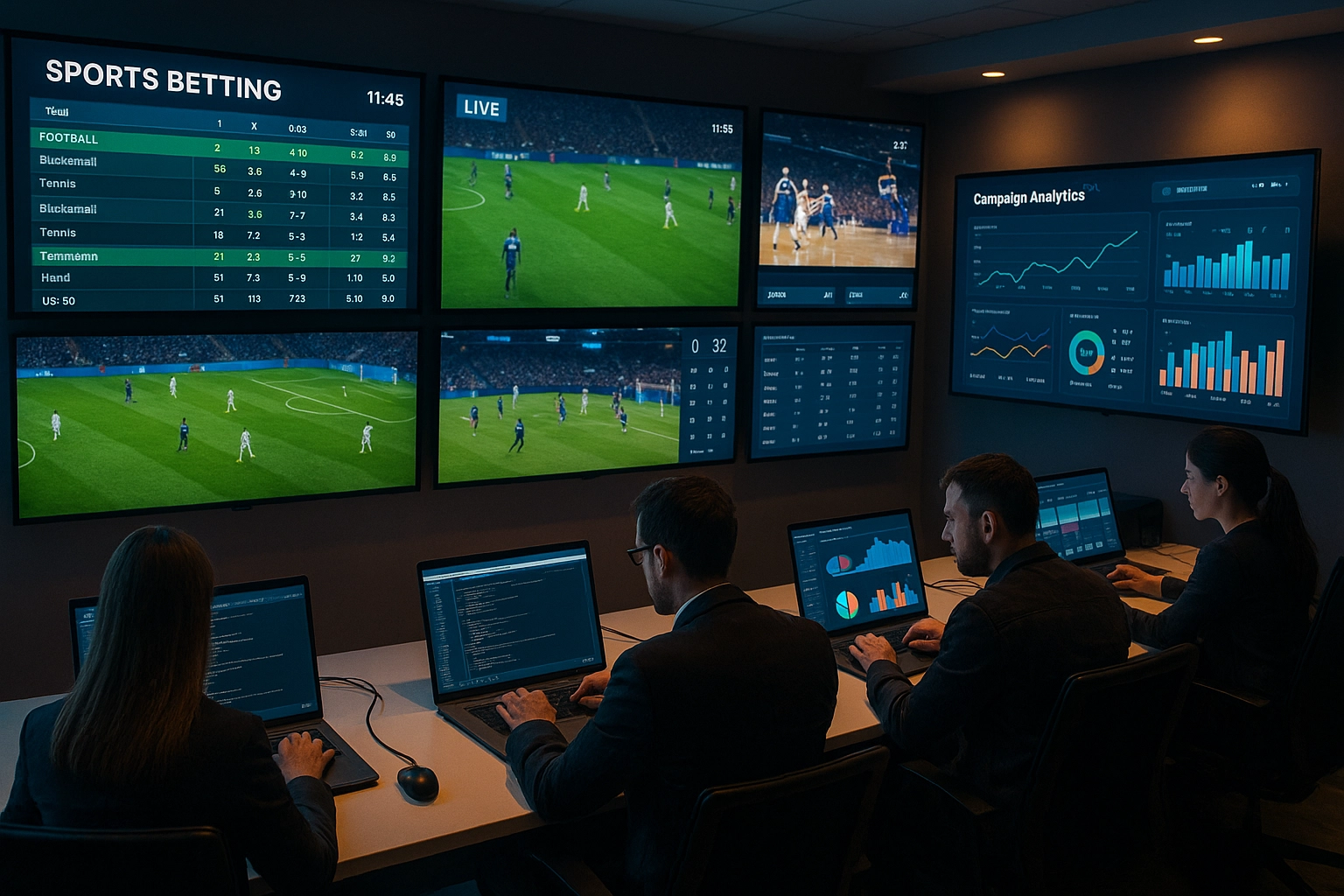
Dynamic creative templates must include space for live odds integration, real-time score updates, and contextual messaging that shifts based on game progression. Bold, high-contrast designs with clear calls-to-action perform optimally in the fast-paced DOOH environment where viewer attention spans are measured in seconds.
Strategic Targeting and Audience Precision
Geographic and Demographic Targeting
Hyper-localized targeting strategies focus on high-density sports fan locations including stadium perimeters, sports bars, entertainment districts, and transportation hubs. Geofencing technology creates virtual boundaries around these venues, enabling precise audience targeting during optimal engagement windows.
Device ID data and location intelligence platforms provide insights into audience movement patterns, allowing campaigns to reach sports fans at gas stations, convenience stores, and shopping centers during pre-game and post-game periods when betting engagement peaks.
Contextual Timing Optimization
Dynamic scheduling ensures ad deployment during maximum impact periods. Football Sundays, Monday Night Football, and playoff games represent prime betting windows that require campaign activation hours before kickoff and sustained presence throughout game duration.
Dayparting strategies align message delivery with audience behavior patterns. Pre-game periods focus on promotional offers and betting incentives, while live game messaging emphasizes real-time odds and outcome-based opportunities.
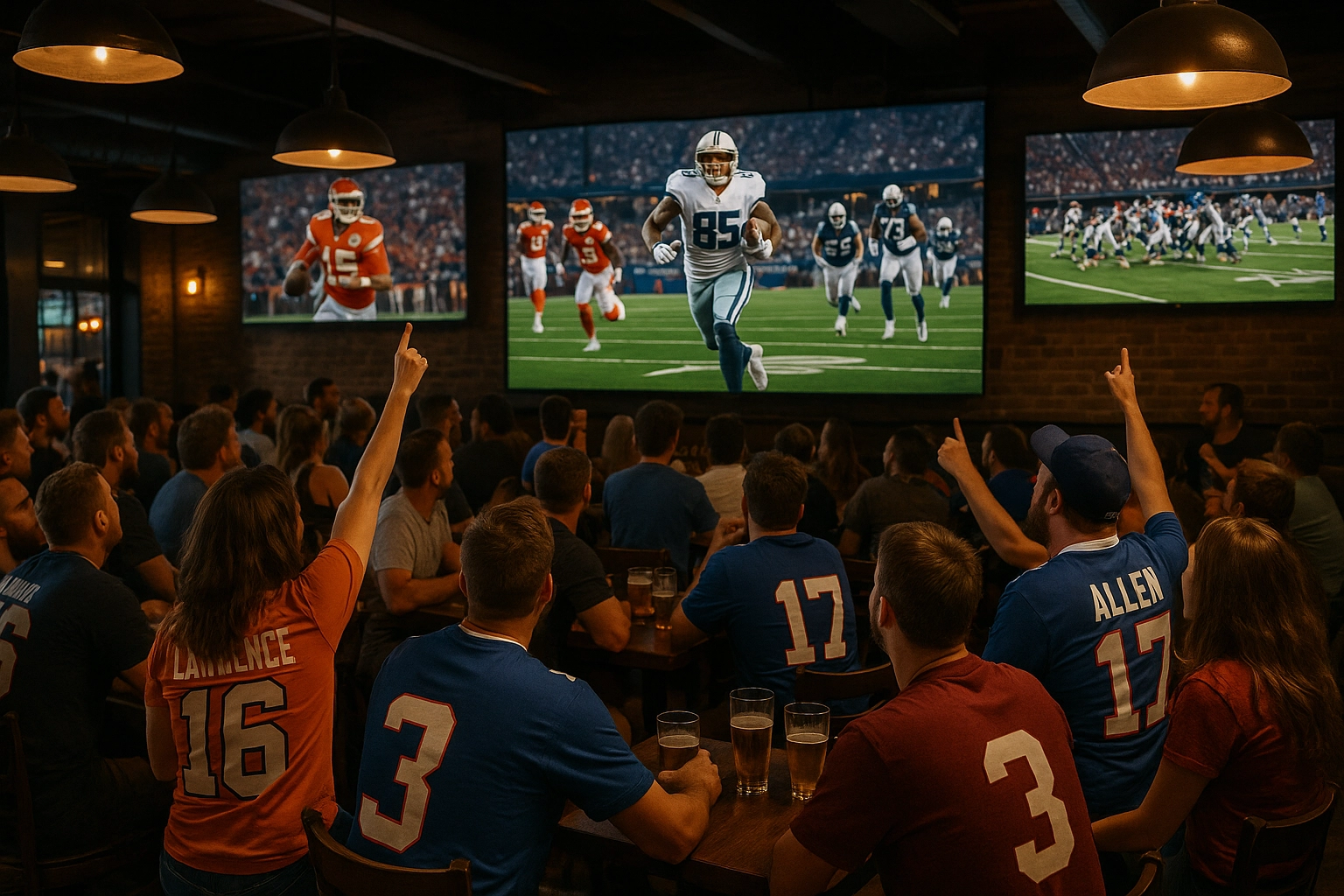
Real-Time Content Management and Optimization
Live Event Integration Systems
Successful campaigns integrate with live sports data feeds to provide instant updates on game scores, odds changes, and promotional opportunities. This integration enables automatic message switching based on game outcomes, displaying congratulatory content for winning teams while simultaneously promoting betting opportunities for upcoming games.
Weather integration adds another layer of contextual relevance, automatically adjusting messaging for outdoor games affected by conditions that may impact betting lines and game outcomes.
Dynamic Creative Switching Protocols
Automated trigger systems enable instant creative updates based on specific events including touchdown scores, injury reports, and halftime leads. These triggers maintain campaign relevance and capitalize on emotional peaks that drive betting engagement.
The programmatic infrastructure should support mid-campaign creative uploads, allowing brands to respond to unexpected game developments or trending social media conversations that create new betting opportunities.
Rapid Deployment Process and Timeline Management
24-Hour Launch Execution Framework
Hour 0-8: Campaign setup and audience targeting configuration
Hour 8-16: Creative asset upload and real-time trigger establishment
Hour 16-20: Testing and quality assurance protocols
Hour 20-24: Campaign activation and initial performance monitoring
This accelerated timeline requires pre-established relationships with DSP partners and pre-approved creative frameworks that can accommodate rapid customization based on specific sporting events and betting opportunities.
Mid-Campaign Flexibility Protocols
Programmatic DOOH enables real-time campaign modifications including creative asset changes, budget reallocation between geographic locations, and immediate campaign pausing based on performance data or external factors.
This flexibility proves essential during live sporting events where game momentum, injury reports, and weather changes can dramatically impact betting sentiment and require immediate campaign adjustments.
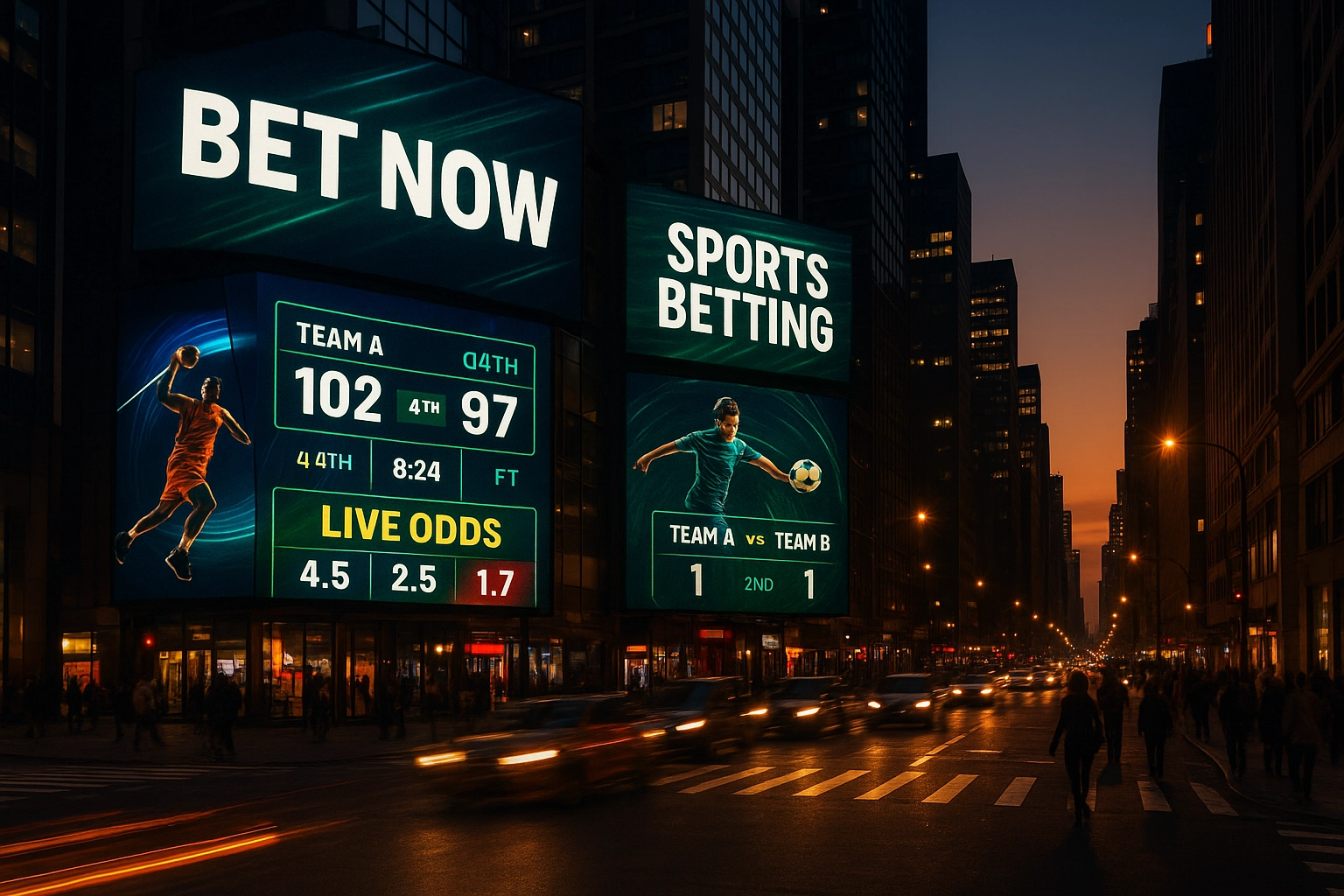
Performance Monitoring and Conversion Analytics
Real-Time Dashboard Implementation
Transparent analytics dashboards provide instant visibility into campaign performance metrics including total impressions, location-specific engagement rates, and time-of-day performance breakdowns. These dashboards enable immediate optimization decisions that can improve conversion rates throughout campaign duration.
Attribution modeling connects DOOH exposure to mobile app downloads, website visits, and actual betting activity through device ID matching and location-based attribution methodologies.
Emotional Engagement Measurement
Campaign success extends beyond traditional metrics to include emotional engagement measurement during high-stakes game moments. Strategic ad placement during crucial plays or immediately following significant game events creates positive brand associations that drive immediate betting action.
Similar to successful programmatic campaigns that delivered 74% lifts in purchase consideration, sports betting DOOH campaigns can achieve significant conversion improvements through precise timing and contextual relevance.
Industry Best Practices and Compliance Considerations
Regulatory Compliance Integration
Sports betting campaigns must navigate complex regulatory environments that vary by state and jurisdiction. Campaign management systems should include automatic compliance checking that ensures messaging adheres to local advertising restrictions and responsible gambling requirements.
Age-gating and geographic restrictions must be built into targeting parameters to prevent campaign delivery in prohibited locations or to restricted demographic segments.
Brand Safety and Content Moderation
Real-time content moderation systems prevent campaign delivery adjacent to inappropriate content or during sensitive news events that could negatively impact brand perception. These systems maintain brand safety while enabling rapid campaign deployment.
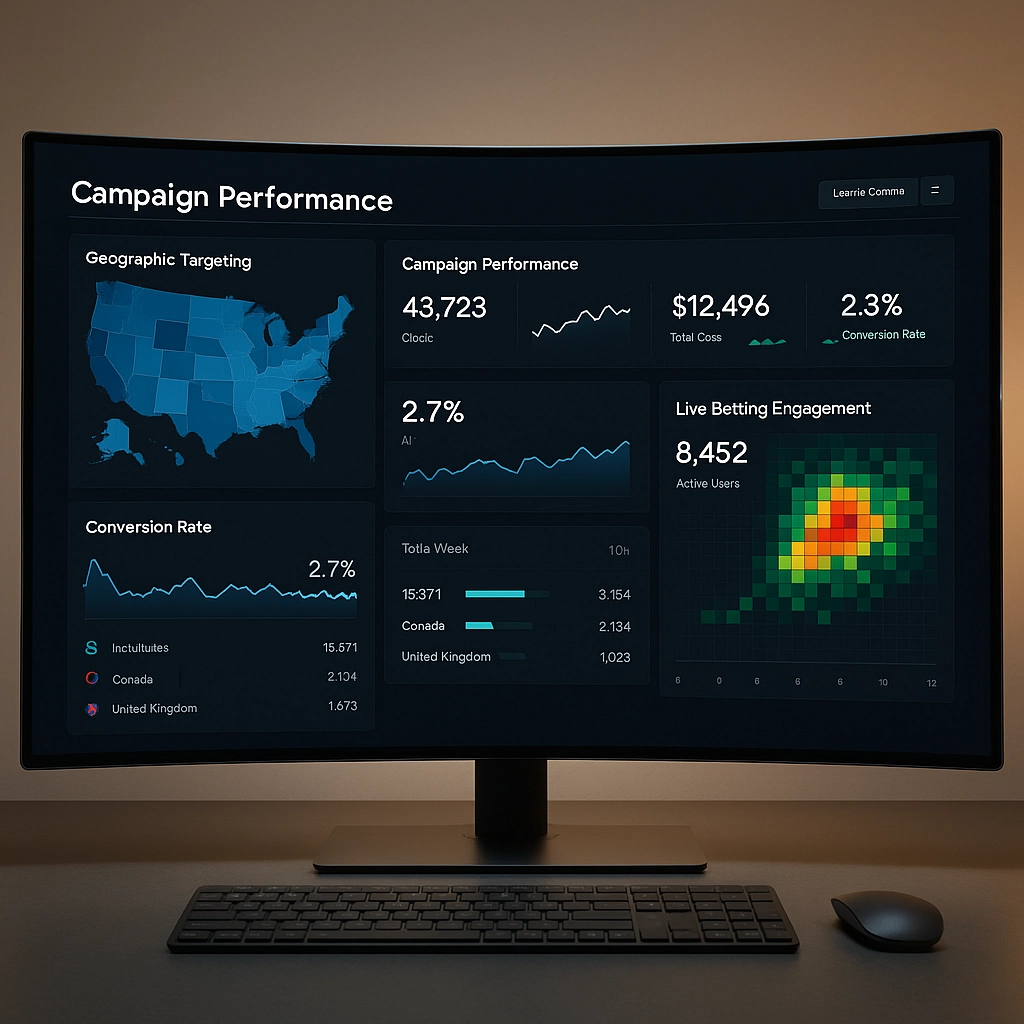
The sports betting DOOH landscape continues evolving rapidly, with DOOH sports advertising projected to reach $50 billion by 2030, creating significant opportunities for brands that master rapid campaign deployment methodologies.
Campaign Optimization Strategies for Maximum ROI
A/B Testing Implementation
Programmatic platforms enable continuous A/B testing of creative variations, messaging approaches, and call-to-action strategies. This testing occurs in real-time during campaign execution, allowing immediate optimization based on performance data.
Split testing between emotional appeals and data-driven messaging helps identify the most effective approaches for different audience segments and game situations.
Cross-Channel Integration Benefits
DOOH campaigns perform optimally when integrated with broader omnichannel strategies including mobile retargeting, social media advertising, and connected TV campaigns. This integration amplifies message frequency and creates multiple touchpoints throughout the customer journey.
Device ID matching enables seamless audience retargeting across channels, allowing brands to follow DOOH exposure with personalized mobile advertising and app-based promotional offers.
What challenges has your organization faced with rapid campaign deployment for time-sensitive sporting events? Share your experiences in the comments below.
The methodology for launching real-time sports betting DOOH campaigns in under 24 hours requires careful preparation, robust technology infrastructure, and strategic planning that anticipates multiple game scenarios. Success depends on balancing speed with precision, ensuring campaigns reach the right audiences at optimal moments while maintaining regulatory compliance and brand safety standards.
Organizations seeking to implement these rapid deployment strategies can benefit from expert consultation on programmatic infrastructure setup and campaign optimization methodologies.
Ready to transform your sports marketing strategy with lightning-fast DOOH campaigns? Contact Dan Kost, CEO of OOH Sports, to discover how programmatic technology can revolutionize your campaign deployment timeline.
📞 Call our AI Receptionist: +1 (970) 703-0102
🌐 Visit: www.oohsports.com
📧 Learn more about our advertising solutions
#Motivation #Branding #Strategy #Marketing #AdvertisingAndMarketing #digitalmarketing #Innovation #Sports

